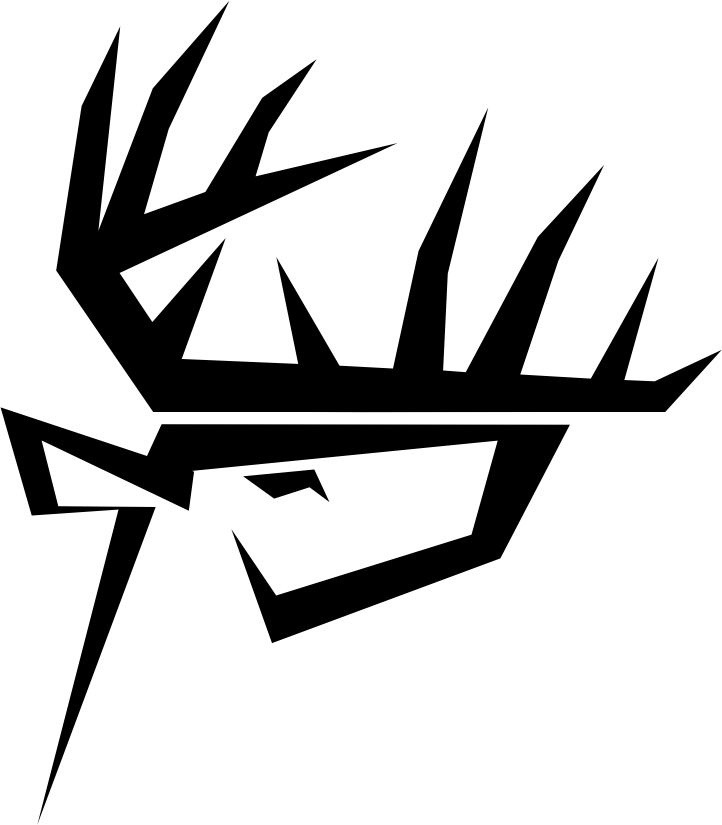SHED HUNTING SEASON IS COMING!
January 2, 2023
By: Brennen Nading (@nadingbr)
Shed hunting has undoubtedly grown in popularity over the past several years and for good reason. It is an excellent way to get out of the house after a long winter, get fresh air, and hopefully get your hands on some shed antlers. Let’s talk about why I shed hunt and what I am going to do over the next couple of months in preparation for a successful shed hunt this spring.
What exactly are the benefits of picking up shed antlers? Everyone is going to have a different take on this, and that is to be expected. I enjoy shed hunting because finding antlers is just flat out fun for me. As silly as it sounds, spotting an antler gets my heart rate up and I just love everything about it. The scouting, the planning, the timing, the execution...it’s one of my favorite things to do each and every year.
Finding the antlers off of a particular deer lets you know that they survived the hunting season. Yeah, there is a chance that a deer dies between losing their antlers and the next hunting season but it gives you the reassurance that another hunter didn’t harvest the animal that hunting season. It is also fun to build history with deer, whether you are hunting them or not. If you’re lucky enough to find antlers off of a certain deer for multiple years for example, it gives you even more of an attachment to the animal that you will someday pursue.
So when do deer lose their antlers you might ask. That is a loaded question and there is no definitive answer. I have been shed hunting for well over a decade and here is what I have noticed. In the midwest, I always refer to the “20-60-20” drop calendar. 20% of bucks will lose their antlers in January, 60% will lose them in February, and 20% will lose them in March. No, this is not exact, but nothing about shed hunting is, which is why it is so addicting when you find success.
When should you start shed hunting? If you have private land, and are the only one that is going to be shed hunting, by all means I would wait until March when the majority of the antlers are on the ground. If you are on public land or have competition from other shed hunters, you will want to get an earlier jump on things.
If you are looking to shed hunt this spring, it pays to do your homework RIGHT NOW. Locate winter herds of deer, and keep an eye on them periodically throughout the winter and pay attention to when the antlers begin to fall. Most of this “scouting” can be done from a vehicle in the evening hours just before dark. Drive around, find deer, and if it’s on a property that you don’t have permission, knock on the door and ask. Yes, you will get turned down here and there but eventually you will get lucky and gain access to walk for antlers.
What to look for when scouting? Find the food! Whether it’s corn, soybeans, alfalfa, or a food plot or food source of another kind. After the hunting season closes and the winter weather sets in, deer gravitate to a good food source and will eat on it until it is gone or something better comes along. In areas where there is snow on the ground, you will have no issues finding the sign that they leave behind near these food sources. Once you have located the food, try to scout that area in the evening hours when deer are feeding and try to locate bucks. Once you find the bucks, keep tabs on them until they begin losing their antlers. Once you are no longer seeing racked bucks, it is time to start looking for antlers!
Shed hunting is just another great opportunity to get out of the house and enjoy the outdoors. Like with most things in life, you will get out of it what you put into it. If finding antlers is your main objective, it pays to scout throughout the winter months and you will put yourself in a much better position for success when it comes time to start walking in the spring.





